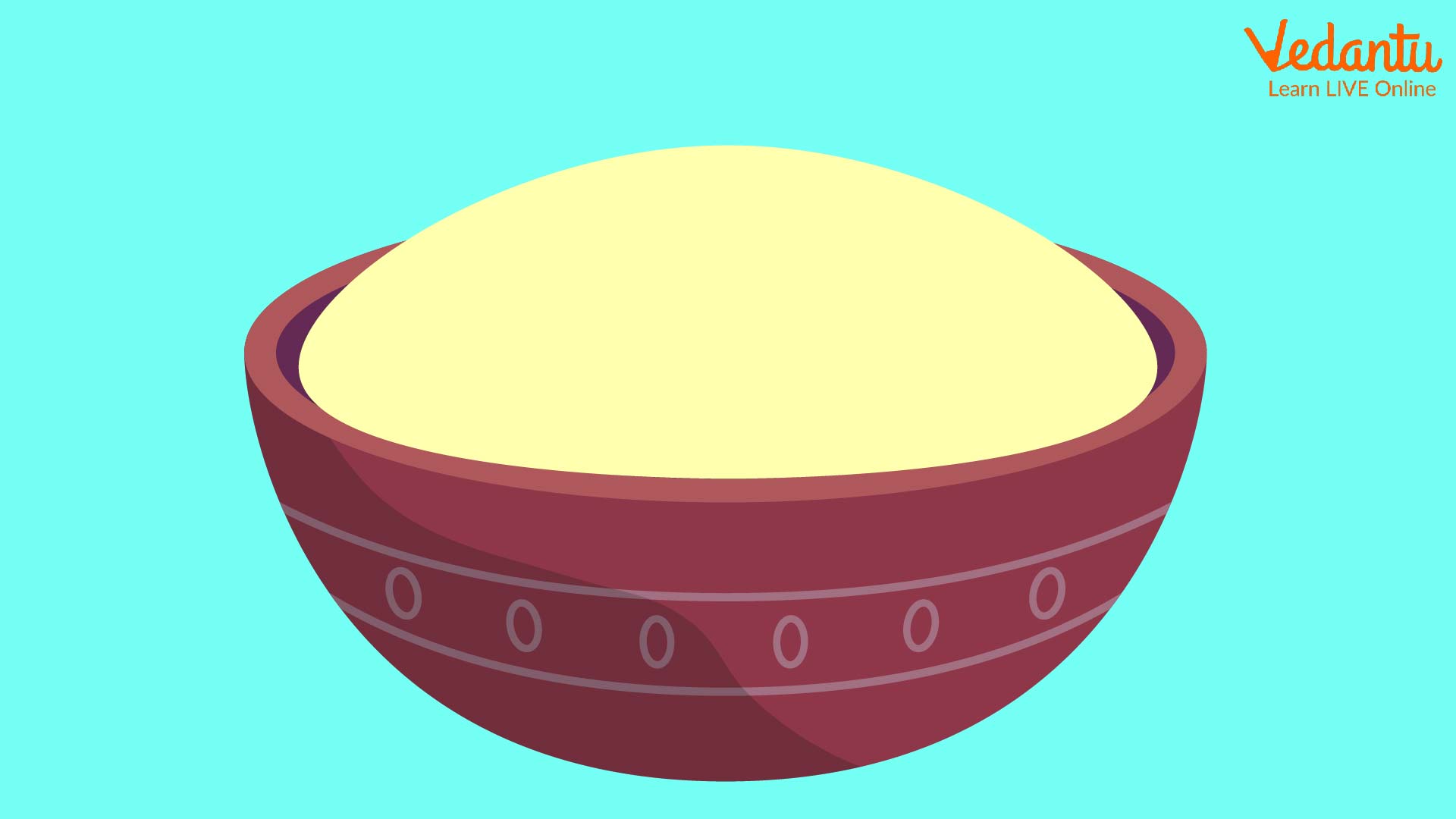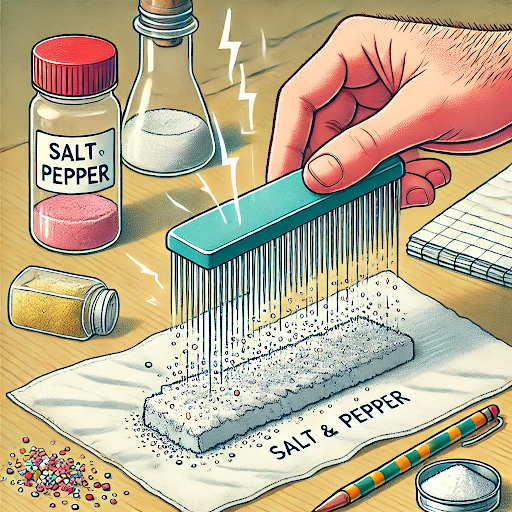Science Day Activities for Students
Learning becomes fun and meaningful when students try simple science experiments with everyday materials. Kids are curious and enjoy exploring through activities, making science exciting for them.
Every year, on February 28th, we celebrate National Science Day to honour the discovery of the Raman Effect by C.V. Raman in 1928. His work earned him the Nobel Prize and is remembered on this special day.
Here are some National Science Day project ideas to help students explore science simply and enjoyably.
Also Read: 7 Cool Chemistry Experiments to Surprise Your Friends with Results
Science Day Ideas
Make Butter in Jar
Students learn about dairy products in school. Make them know how dairy products are transformed from one form to another. Making butter will be a fun science experiment.
Take a mason jar, thickened cream, and 2 marbles.
Pour some thickened cream into the jar.
Make sure there is enough air.
Keep it out of the fridge until that gets to average room temperature.
Put 2 marbles in the jar. Marbles agitate the cream further.
Keep shaking the jar as long as it is needed.
Finally, open the jar and separate the butter from the buttermilk.
Tell your students to notice the different stages the cream goes through to turn into butter. The scientific reason behind the process is that when you shake the fresh cream, the fat molecules of the cream shake out of position and start to clump together. After a while, fat molecules keep clumping together until you make a butter lump. The left liquid is called buttermilk.
Yeast Experiment
Start this science experiment at home early in the morning. You might need long hours for the task. Students read about yeast and its part in making bread. Show them what yeast looks like exactly. Add some warm water to it, and watch out for what happens. Discuss with your students what all living things depend on growing?
Well, the answer is water and food (besides oxygen). This experiment is about what happens when the yeast is given food. The food is sugar here. Mixing with water and sugar makes the yeast burp and release carbon dioxide. Explore what if you change the amount of food.
Material Required
4 plastic bottles
4 balloons
4 packets of yeast
Warm water
Granulated sugar
Funnel
Teaspoon
Measuring cup
Method
Pour a cup of warm water into every bottle.
Add a packet of yeast into every bottle.
Add teaspoons of sugar into each bottle in the sequence- 0, 1, 2, 3 teaspoons, respectively.
Put the lid on each of the bottles and shake well.
Now take the caps off and put a balloon on top of every bottle.
Keep them aside the whole day.

Yeast Experiment
Get your yeast ready exclusively at home. Yeast is majorly used in making bread items, burgers, sandwiches, etc. In a natural process, yeast can be made by combining and fermenting yeast (that comes in packets) with water and flour. Then you keep the mixture for hours. Thus the yeast thrives and grows.
Static Electricity Experiment with Comb
Many things can act like magnets. All they need is just an electric charge. For example, let's check if you give an electric comb charge. Can it snatch pepper from salt! Here is one experiment which can tell you exactly how.
Material Required
A plastic comb
Salt
Pepper
Tissue
Pen
Notebook
Method
Lay a tissue flat.
Pour some salt into it.
Pour an equal amount of pepper into the tissue again.
Mix the salt and pepper in an even consistency.
Give the comb an electricity charge by rubbing it through the hair a few times.
Hold the comb one inch above the salt and pepper.
Move the comb over the mixture.
As a result of the experiment, the pepper particles get attached to the comb. And, the salt remains in the tissue. It happens because salt is denser than pepper. As a result, pepper has more surface area that can get charged by the comb's static electricity. That allows the pepper to be attached to the comb.

Static Electricity
Plant Seeds
The 3rd one is one of the easy science experiments to do at home. Students will learn how vegetables can regrow from seed. Thus they will be inspired to eat healthily. Replanting vegetable seeds is a great way to teach young students about food value.
Material Required
Small glass jar
Bean/Pea seeds (or both)
Soil
Beans or peas germinate more quickly than other seeds. This is because these seeds are more extensive. So they are better for experiments.
Method
Put the soil at the bottom of the jar.
Put a few seeds in the jar.
Place them next to the glass for a better view.
Add much water to dampen the soil.
Put the jar beside a window from where it gets sunlight.
Within a few days, the seeds will start to germinate and grow.
Observe the weekly changes and growth.
Take care of it till flowers come out of the plant, and then you can place them in the balcony garden.

Plant Seed
Conclusion
Feel free to choose any of the ideas above whenever you have some free time. These fun activities not only bring joy but also teach you something new. Try out these experiments at home and enjoy seeing the surprising results. The projects are simple, cost-effective, and worth exploring. On National Science Day, give these kindergarten DIY activities a try and see what you learn. Don’t forget to share your experiences and spread the word among your science-loving friends. These National Science Day project ideas can even be arranged together for a full day of fun and discovery.
FAQs on National Science Day Project Ideas
1. Give some science day activities for students.
Magnet Play: Give kids a magnet to find magnetic and non-magnetic objects around the house.
Ice Melting Race: Place ice cubes in different spots (sunlight, room, fridge) and see which melts fastest.
2. What is a simple science day experiment for kids?
Magnet Maze: Design a maze on paper and guide a paperclip through it using a magnet from below.
3. How can students celebrate National Science Day with projects?
Students can create fun experiments like balloon rockets, lava lamps, or plant growth observations to learn science hands-on.
4. What are good National Science Day project ideas for small kids?
Easy activities like mixing colours, floating and sinking objects, or growing beans in cotton are great for small kids.
5. Can National Science Day projects be done with household items?
Yes, many projects like static electricity with balloons or density experiments with salt and water use everyday materials.
6. What are some group National Science Day project ideas?
Group activities like building a tower with marshmallows and sticks or creating a magnet-powered car are great options.
7. How can National Science Day project ideas teach new concepts?
Projects like making a kaleidoscope or testing water filtration introduce kids to science in a fun way.
8. What is a quick National Science Day project idea?
A quick idea is the walking water experiment using coloured water and paper towels.
9. How can National Science Day projects be made fun for kids?
Keep the projects simple, colourful, and interactive, like blowing bubbles or creating rainbows with a prism.
10. What are good National Science Day project ideas for Class 1 students?
Easy options include making a paper cup telephone or testing objects that sink or float.







